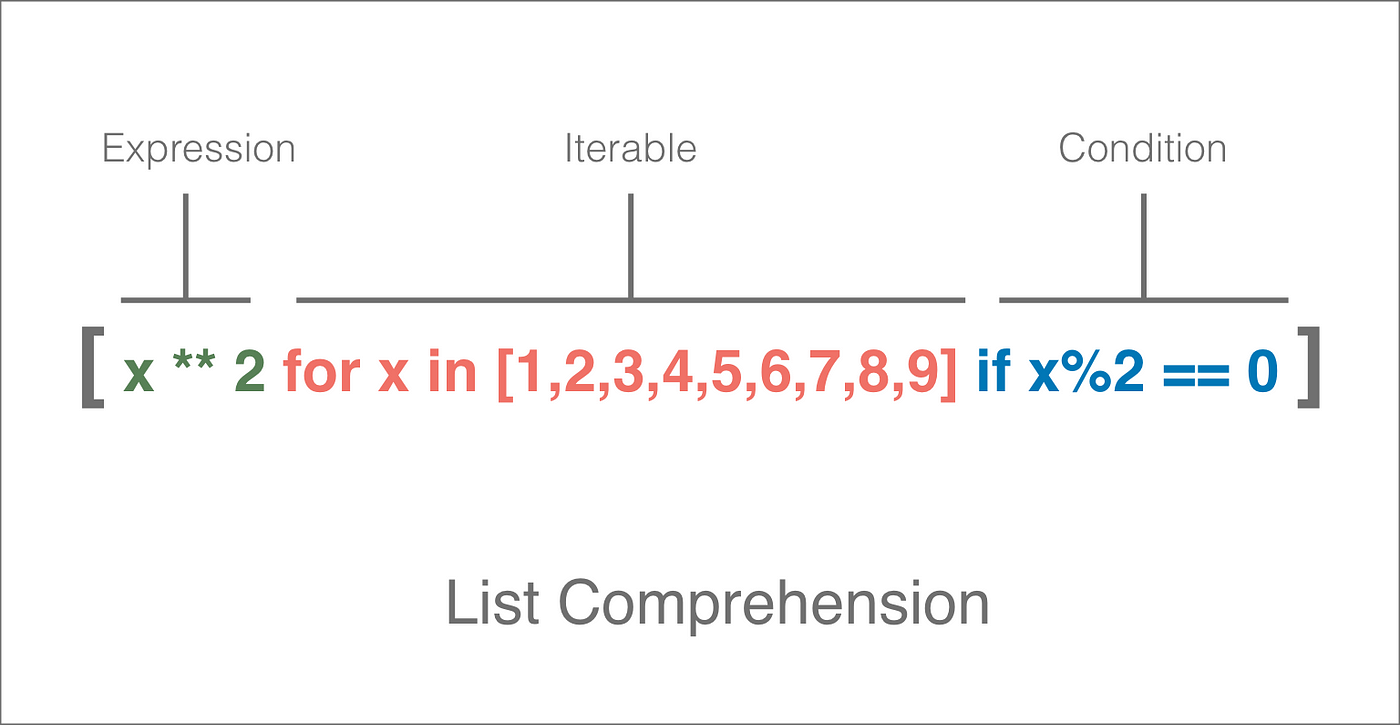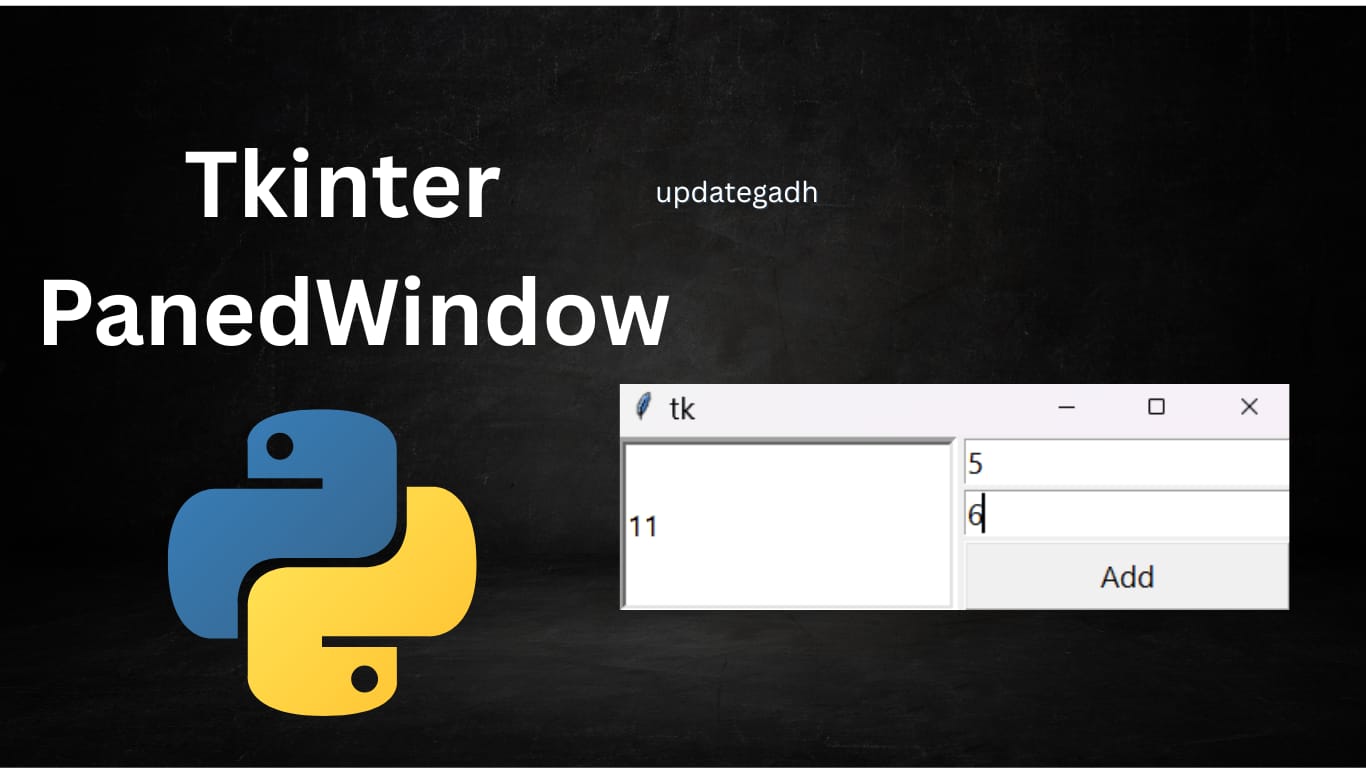
Python List Comprehension: A Complete Guide
Python List Comprehension
Introduction
Python is celebrated for its clear syntax, allowing developers to write code that reads almost like plain English. Among its powerful features, list comprehension stands out for its ability to simplify code that would otherwise require multiple lines to achieve the same functionality. List comprehensions allow you to generate new lists with a single line of code by applying an expression to each item in an existing iterable.
However, despite its simplicity, list comprehension can be misunderstood or misused. Overusing it can lead to code that’s harder to read and maintain. This guide aims to help you master list comprehension, showing how to use it effectively and avoid common pitfalls.

Basic Example of List Comprehension
Here’s a simple example to demonstrate how list comprehension works:
Person = ["Piyali", "Hiya", "Rudrashish", "Badsha", "Lipi"]
newlist = [x for x in Person if "i" in x]
print(newlist)
Output:
['Piyali', 'Hiya', 'Rudrashish', 'Lipi']
In this example, we created a new list by filtering names that contain the letter “i.” This single line of code is more concise than using a traditional loop.
Download New Real Time Projects :-Click here
Syntax of List Comprehension
The basic syntax of list comprehension is:
newlist = [expression for item in iterable if condition]
In this syntax:
- The transformation or action applied to every item is called an expression.
- Every element in the iterable (such as a list) is an item.
- condition is an optional filter; only items that meet this condition are included in the new list.
List Comprehension vs. For Loop
Let’s examine a scenario in which we square every number in a list.First, we’ll do it using a regular for loop:
numbers = [3, 5, 1, 7, 3, 9]
num = []
for n in numbers:
num.append(n**2)
print(num)
Output:
[9, 25, 1, 49, 9, 81]
Now, with list comprehension, we can achieve the same result in a single line:
numbers = [3, 5, 1, 7, 3, 9]
num = [n**2 for n in numbers]
print(num)
Benefits of Using List Comprehensions
List comprehensions provide several advantages:
- Concise Code: They allow you to express operations on lists in a single, readable line.
- Unified Approach: List comprehensions work for tasks that involve mapping, filtering, or simply creating a new list, making them versatile.
- Readability: List comprehensions are often more declarative than loops, letting you focus on what you’re trying to achieve rather than the mechanics of list creation.
- Performance: List comprehensions can be faster than traditional
forloops due to Python’s internal optimizations.
https://updategadh.com/category/php-project
Performance Comparison: For Loop vs. List Comprehension
Let’s see how list comprehension can be faster than a for loop by measuring execution times.
import time
def for_loop(num):
l = []
for i in range(num):
l.append(i + 10)
return l
def list_comprehension(num):
return [i + 10 for i in range(num)]
# Timing the for loop
start = time.time()
for_loop(10000000)
end = time.time()
print('Time taken by for loop:', end - start)
# Timing the list comprehension
start = time.time()
list_comprehension(10000000)
end = time.time()
print('Time taken by list comprehension:', end - start)
Output:
Time taken by for loop: 7.005999803543091
Time taken by list comprehension: 2.822999954223633

As shown, the list comprehension executes faster than the for loop, which can be a significant advantage for large datasets.
Using List Comprehension with Strings
Strings can also be utilized for list comprehension because they are iterable. Here’s an illustration:
letters = [alpha for alpha in 'javatpoint']
print(letters)
Output:
['j', 'a', 'v', 'a', 't', 'p', 'o', 'i', 'n', 't']
Adding Conditions in List Comprehension
You can use conditions within list comprehensions for filtering. Making a list of odd numbers from a range, for example:
number_list = [num for num in range(30) if num % 2 != 0]
print(number_list)
Output:
[1, 3, 5, 7, 9, 11, 13, 15, 17, 19, 21, 23, 25, 27, 29]
Summing Odd Elements in a List
Here’s an example where we sum the digits of odd numbers in a list using list comprehension:
def Sum(n):
dsum = 0
for ele in str(n):
dsum += int(ele)
return dsum
List = [47, 69, 73, 97, 105, 845, 307]
newList = [Sum(i) for i in List if i & 1]
print(newList)
Output:
[11, 15, 10, 16, 6, 17, 10]
Nested List Comprehensions
Like nested for loops, nested list comprehensions enable more intricate operations. Here’s an illustration:
nested_list = [[_ + __ for _ in range(5)] for __ in range(3)]
print(nested_list)
Output:
[[0, 1, 2, 3, 4], [1, 2, 3, 4, 5], [2, 3, 4, 5, 6]]
- python list comprehension if-else
- python list comprehension two lists
- list comprehension in python example
- dictionary comprehension python
- Python List Comprehension
- python nested list comprehension
- python list comprehension filter
- Python List Comprehension
- python list comprehension in list comprehension
- list comprehension python for loop
- list comprehension
- python list
- Python List Comprehension: A Complete Guide
- Python List Comprehension







Post Comment